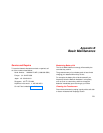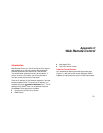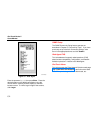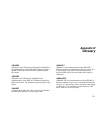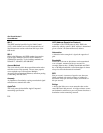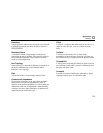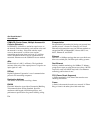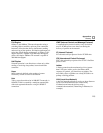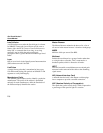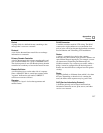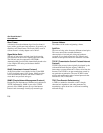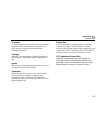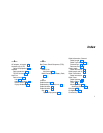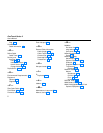
Appendices
Glossary
D
D-5
Full-Duplex
10Base-T and 100Base-TX network operation using a
switching Hub to establish a point-to-point connection
between LAN nodes that allows simultaneous sending
and receiving of data packets. Full-duplex performance is
twice that of half-duplex performance. A 10Base-T full-
duplex network is capable of 20 Mb/s data throughput,
while a full-duplex 100Base-TX network is capable of
200 Mb/s throughput.
Half-Duplex
Network operation is one direction at a time only; either
sending or receiving data packets, but not both at the
same time.
Hops
Most commonly defined as the number of routers
traveled by a frame to reach its destination.
Hub
Today, most often referred to in 10BASE-T networks. A
10BASE-T Hub is essentially a multiport repeater Hub
with each segment dedicated to a single 10BASE-T
connection.
ICMP (Internet Control and Message Protocol)
A communication protocol used by every device that
uses IP. ICMP reports errors that occur during the
delivery of packets on the network.
IP (Internet Protocol)
IP is the network layer protocol for the TCP/IP suite.
IPX (Internetwork Packet Exchange)
IPX is the network layer protocol for Novell’s NetWare
protocol suite.
Jabber
A frame greater than the maximum legal size (greater
than 1518 bytes) with a good or bad frame check
sequence. In general, you should not see jabbers. The
most likely causes of jabbers are a faulty NIC/driver or
perhaps a cabling problem.
LAN (Local Area Network)
A physical network technology used over short distances
(up to a few thousand meters) to connect many
workstations and network devices using a
communication standard (Token Ring or Ethernet, for
example).



